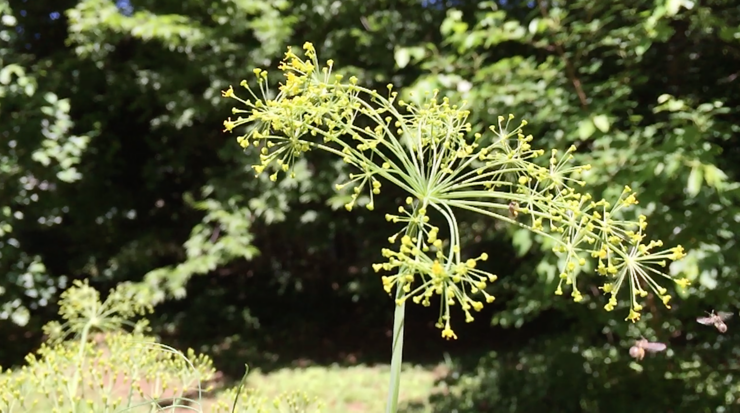Bolting Basics: How to Know When to Replace Your Plants

Are your lettuce leaves looking less than lively? Basil tasting bitter? Spinach sprouting a suspect stem with small flowers? Your garden may be experiencing what many gardeners call “bolting,” and it’s an inevitable conclusion of many plants’ life cycles.
Like most living things, plants ultimately seek to reproduce. To do that, lettuces — and many other greens — sprout tall stalks that produce small flowers yielding smaller seeds, which could grow more plants.
This is all part of the process of bolting, also known as “going to seed.” For annuals like lettuce, bolting is a plant’s natural attempt to reproduce before the end of its life.
How to Identify and Delay Bolting
Environmental factors, such as temperature and day length, typically trigger bolting. For example, it’s in the warmer months and longer days of summer that cool weather crops (e.g., lettuce, spinach, rocket, broccoli), certain herbs, and other non-fruiting plants begin to bolt.

To determine if your plants have bolted, watch for the following signs:
- Sudden, upward growth — usually of a singular, woody stalk with few leaves
- Production of flowers, followed by that of seeds
- Slowed production of edible, vegetative growth
- Less desirable (often more bitter) produce flavour
Since bolting often ruins produce flavour and results in plant death, many gardeners work to prevent the process for as long as possible. You can delay bolting (and even temporarily reverse the process for herbs like basil and coriander) by harvesting frequently and pinching off flowers as soon as they appear.
Two Benefits of Bolting
Even if you use the techniques above, your plants will eventually bolt. At that point, you could replace them, or you could consider allowing your plants to go to seed.

Here are two good reasons to let bolting happen:
- You’ll attract good bugs. Pollinators like honeybees actually prefer the smaller flowers of greens and herbs. So if you let these plants bloom, you’ll likely enjoy an increase in pollinator populations (a bonus for your fruiting crops like squash). Plus, parasitoids and predatory bugs will also feed on the pollen — and they help control garden pests naturally.
- You’ll get free seeds. Saving seeds is an easy way to keep growing crops you like and save on the cost of new plants. The seed-saving process requires little more than your patience. Simply allow your plants to flower, and wait for seeds to dry before harvesting.
Beyond Bolting
Once your plants have bolted and you’ve collected seeds, it’s time to add new plants to your Tower Garden. You can use the fresh seeds from your bolted plants, or you can try growing something completely different.
